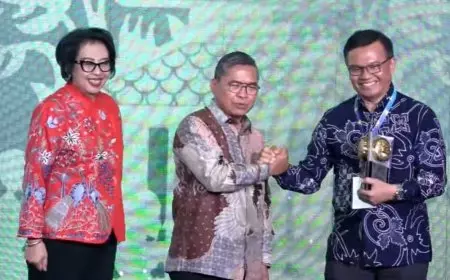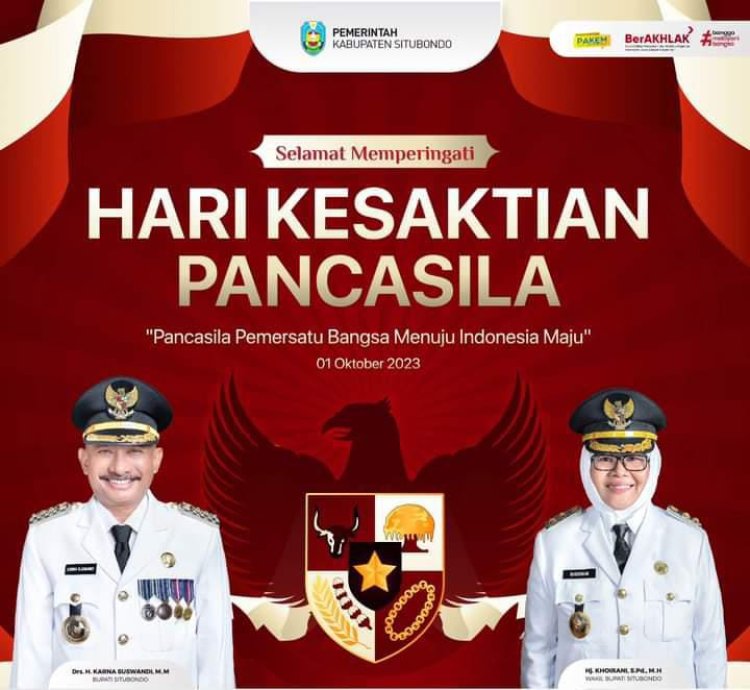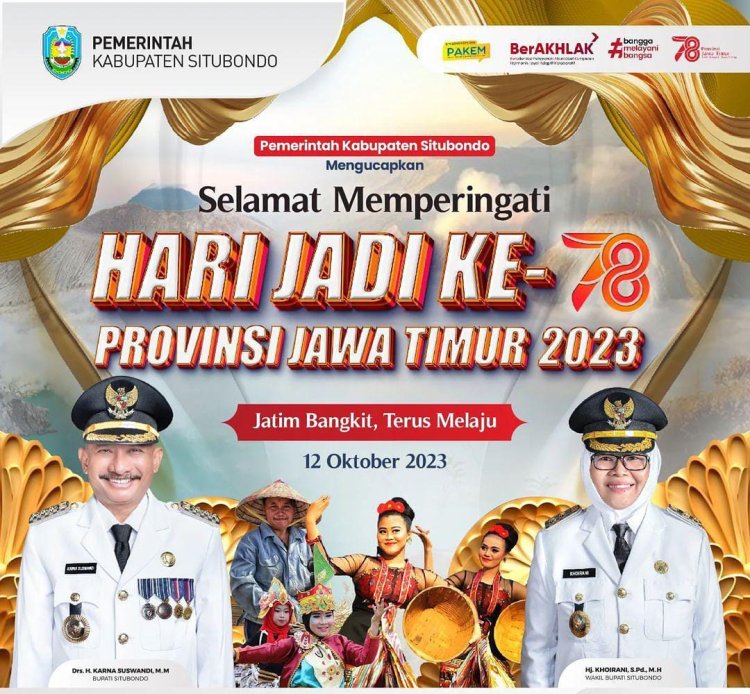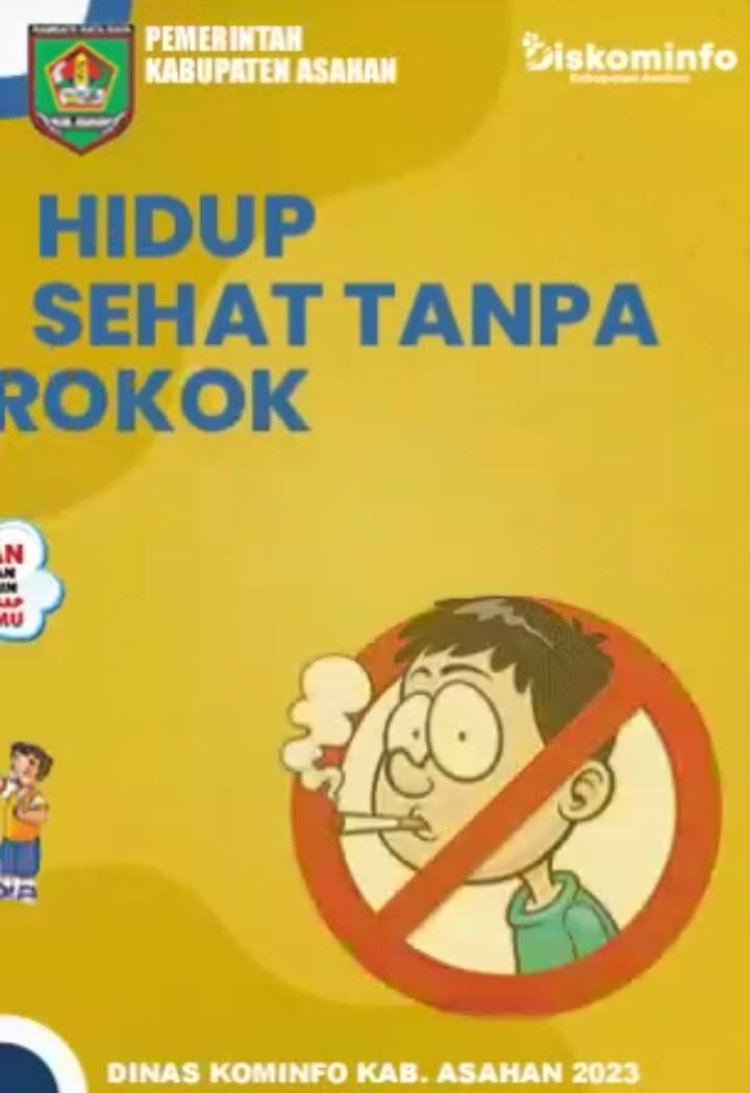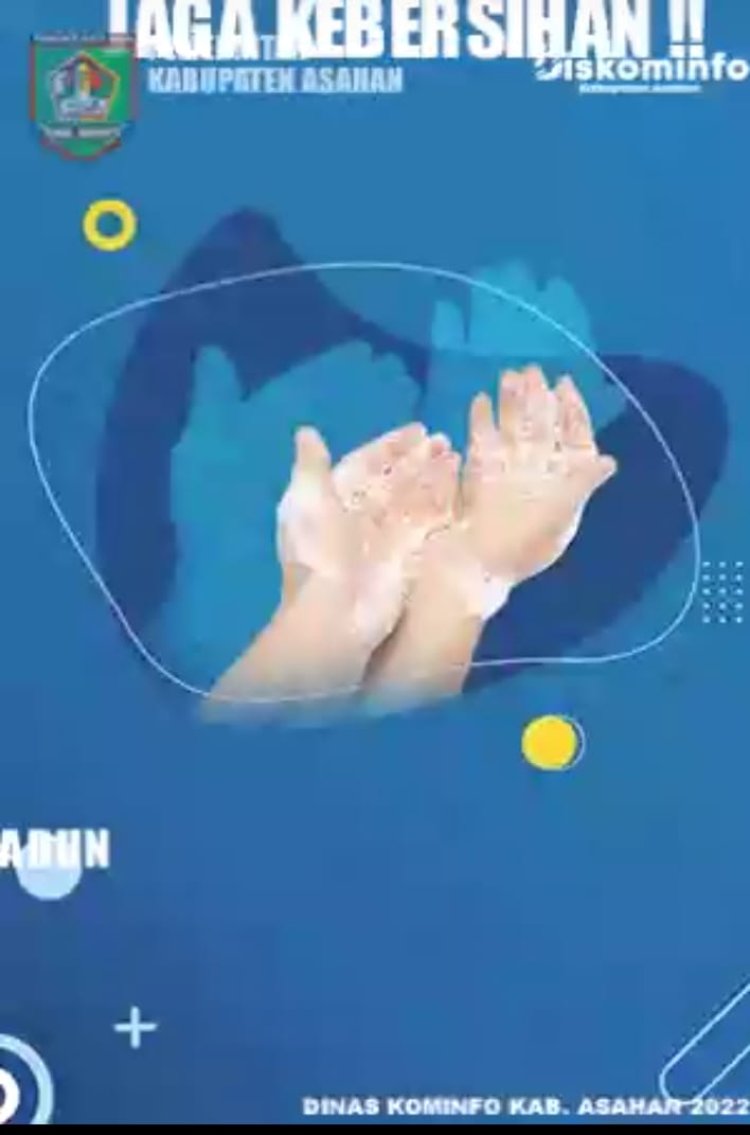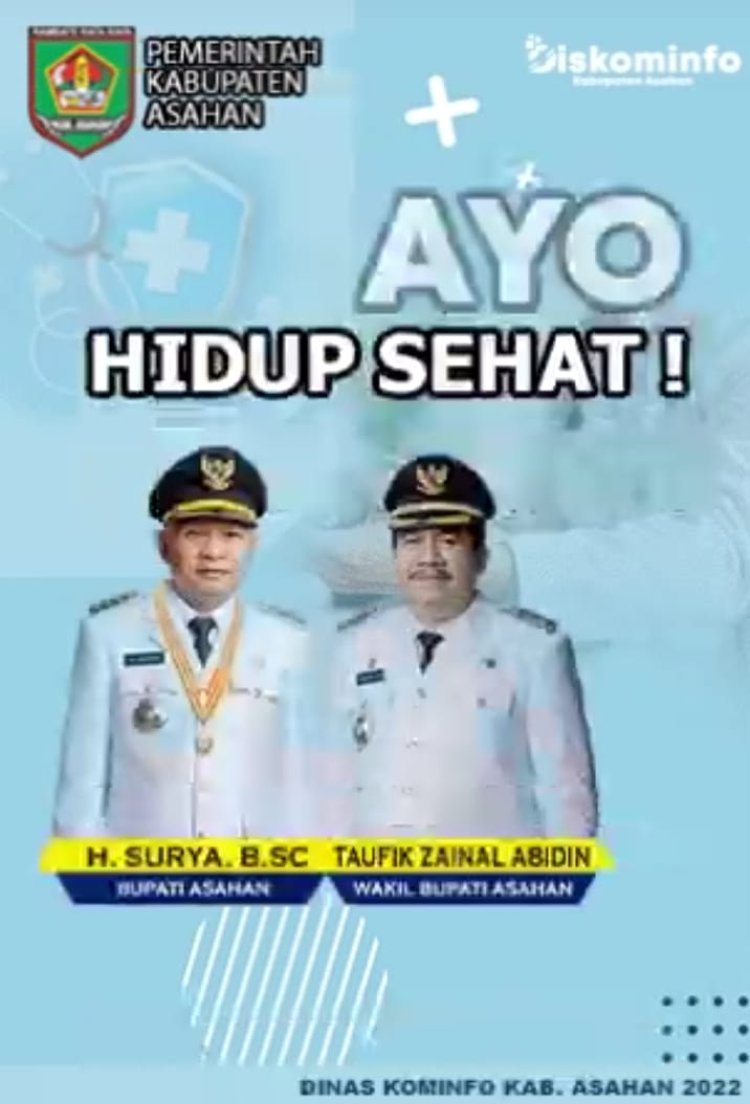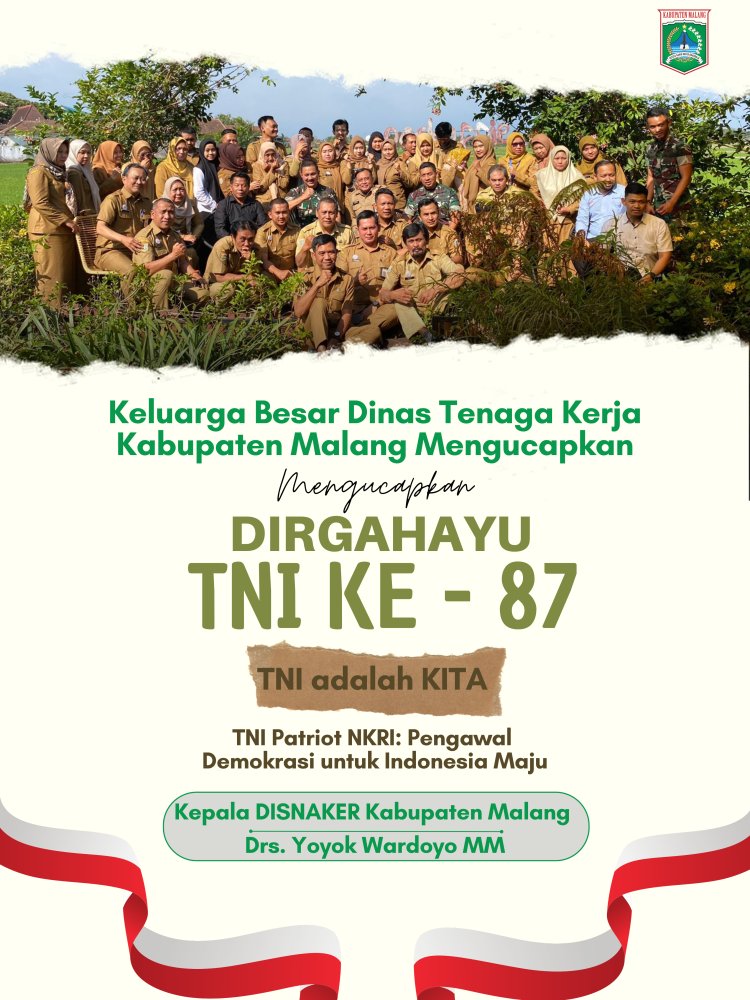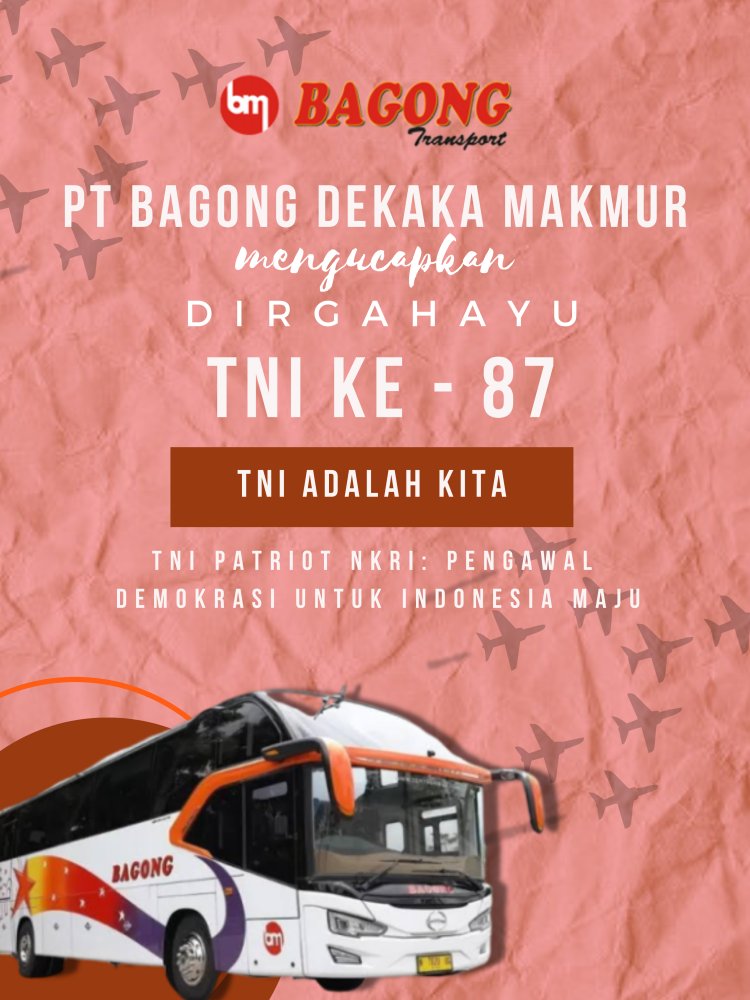Technology Assisted Foreign Language Learning
A great talent that can lead to several chances and advantages for both personal and professional growth is learning a foreign language. But for many people, learning a second language may also be difficult and unpleasant. Fortunately, technology can provide language learners with a variety of benefits and solutions, including accessibility, adaptability, diversity, and engagement. In this paper, the writer talks about three ways that technology might help and improve language learning: internet platforms, smartphone apps, and virtual reality.

By: Dr. Sulistyani, M.Pd.
A great talent that can lead to several chances and advantages for both personal and professional growth is learning a foreign language. But for many people, learning a second language may also be difficult and unpleasant. Fortunately, technology can provide language learners with a variety of benefits and solutions, including accessibility, adaptability, diversity, and engagement. In this paper, the writer talks about three ways that technology might help and improve language learning: internet platforms, smartphone apps, and virtual reality.
One of the most popular and practical ways to learn a foreign language through technology is through online platforms. Online platforms are websites or programs that offer courses, lessons, exercises, assessments, and other services related to language learning. Online resources can provide language learners with a number of advantages, including:
Accessibility.
Anyone with an internet connection can use online platforms at any time. This implies that students are not constrained by time or geographical constraints and can learn at their own pace and on their own schedule.
Flexibility.
Online learning environments can accommodate a range of learner levels, needs, and objectives. The topics, abilities, and formats that best suit the preferences and interests of the learner can be selected from a wide range. In accordance with their talents and feedback, learners can also alter their learning courses and progress.
Diversity.
Learners can be exposed to a variety of language and cultural input and output through online platforms. Learners get access to real content from a variety of sources and genres, including blogs, videos, podcasts, and news. Learners can converse with native speakers as well as other students from various origins and viewpoints.
The online language learning tools Duolingo, Coursera, and Babbel are a few examples.
Another well-liked and useful method of learning a foreign language through technology is through mobile applications. Mobile applications are programs that work on tablets or smartphones that offer features and content for language learning, including games, quizzes, flashcards, dictionaries, and other resources. For language learners, mobile applications can provide a number of advantages, including:
Portability.
Mobile devices can be used at any time and anyplace to access mobile applications. This implies that students can pick up new information while on the way and use downtime and chances to put it into practice.
Motivation.
To make language learning more enjoyable and engaging, mobile applications can use gamification and sociability. Gamification, or the introduction of game components like points, badges, levels, etc., encourages students to work toward their objectives and receive their rewards. In order to connect learners with other individuals and communities, social features like chat, forums, leaderboards, etc. are used.
Efficiency.
Artificial Intelligence (AI) and Machine Learning (ML) can be used in mobile applications to enhance the results and experiences of language acquisition. The use of AI and ML allows computers to accomplish tasks like speech recognition and natural language processing that would otherwise require human intellect. By offering individualized feedback, adaptive content, interactive games, and immersive experiences, AI and ML can assist learners improve their pronunciation, grammar, vocabulary, and cultural knowledge.
Examples of mobile language learning apps include Memrise, Busuu, and HelloTalk.
Another cutting-edge and engaging method of learning a foreign language through technology is virtual reality. A simulated environment that resembles either the real world or a fantasy world can be created using the technology known as virtual reality. For language learners, virtual reality can provide a number of advantages, including:
Realistic.
Realistic situations and simulations of many linguistic and cultural contexts can be produced in virtual reality. In other words, without ever leaving their homes, students can encounter the sights, sounds, and experiences of a new land or culture.
Immersion.
By arousing the sensations and emotions of learners, virtual reality may immerse them in the target language and culture. As a result, students may feel more motivated and invested in their studies.
Interaction.
In a simulated world, virtual reality can allow students to communicate with computer-generated characters or actual individuals. This implies that students can hone their communication abilities in real-world settings.
The virtual reality programs ImmerseMe, Learn Languages VR, and Monthly VR are a few examples.
The writer concludes that technology has many different approaches to improve and facilitate language acquisition. For language learners, technology can provide accessibility, diversity, adaptability, interactivity, portability, incentive, efficiency, realism, immersion, and interaction. Additionally, technology can increase everyone's access to, convenience with, and enjoyment of language study. Thus, studying a foreign language via technology is an useful undertaking that can enhance the learner's knowledge and abilities.
Dr. Sulistyani, M.Pd., Lecturer at Nusantara PGRI Kediri University and the Advisory Board of Indonesian Association of Social Humanities Scientists (PISHI).
This article was edited by Dr. Aris Wuryantoro, M.Hum., Lecturer at Universitas PGRI Madiun and the Committee of Indonesian Association of Social Humanities Scientists (PISHI).




